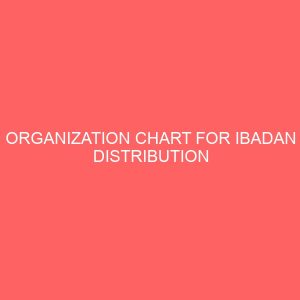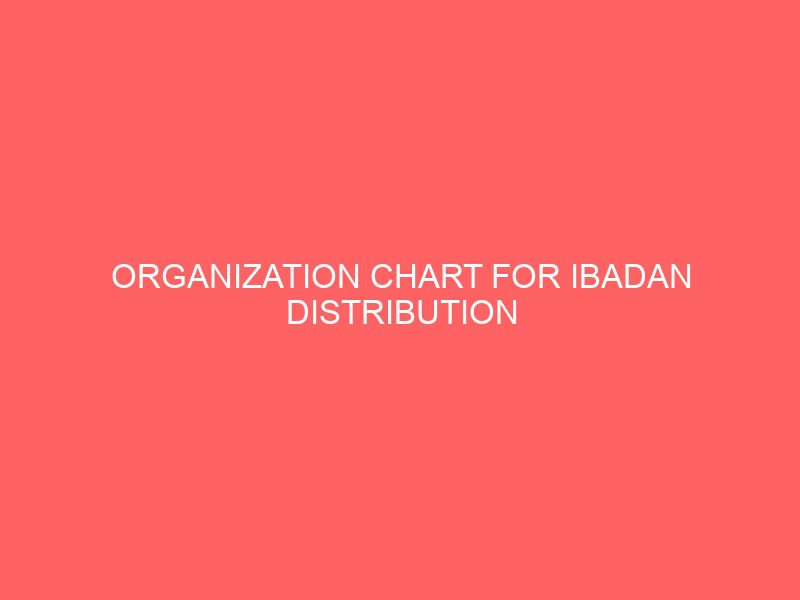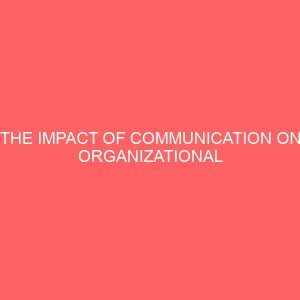Description
CHAPTER ONE
1.0 INTRODUCTION
The rise of e ? business in the late 1990?s led to the development of new opportunities related to procurement: e ? procurement, spend management, outsourcing and joint product design (Lancioni, Smith and Oliva, 2000). According to Oyekola (2007), E ? procurement is a collection web technology ? based purchasing solutions aimed at simplifying commercial transactions within and between organization.
E ? Procurement practices are the electronic management of all procurement activities. To begin with the buyer has to log into an application system on the computer and send information to the supplier. This process ends when goods are supplied and the invoice issued for the goods are paid for. According to Nevalainen, (2003; 6) e ? procurement practice has more advantages when compared with the paper ? based system. Some of the when are that; all the staff in the organization can take part in the procurement process due to ease ? of ? use; self ? service on the internet, a considerable reduction in the cost of processing an order, shorted lead times, faster products and services delivery due to efficiency. A company?s e ? procurement system and do away with paper, such that the procurement system can communicate to other application system and do away with paper, such that the procurement function becomes focused and an important area for cost saving and also limiting maverick buying practices. The primary focus of a company?s e ? procurement strategy is to better manage its operational costs. Every year billions of dollars go into the drain due to inefficient procurement practices.
Most of the companies nowadays can be seen as being composed of three primary processes which are purchasing, manufacturing and distribution based on the overall flow of materials (Thawiwinyu and Laptened, 2009). So, in order for the companies to remain competitive in the market, they must reduce the costs of their component and materials by sourcing from cost saving suppliers. Nowadays most of the organizations are increasingly doing E ? business using information and communication technologies and the additional use of internet too. The traditional procurement which is lowly, back ? end process has been transformed into E ? procurement with the emerging technologies that make everything possible and within reach. Furthermore, with increasing on competitive pressures, supply chain management professionals must continually find solution to reduce costs, increase efficiency, and also to reduce the longest lead time, procurement now is seen as a core quality based competition, cost efficiency, inventory management, and customer uncertainty.
1.1 STATEMENT OF THE PROBLEM
E ? Procurement adoption has both threat and opportunity in terms of business productivity and competitiveness. Even if the benefits of adoption and the potential strategic implications of e ? procurement are recognized, the list of impediments for private sectors includes items that are major potential barriers for an effective adoption: risk, uncertainty, inefficiencies from supplier and catalogue. Content readiness, cultural change, staff resistance, need for firm wide training with likely disruption of on ? going activities each one of these makes it difficult for SMES to implement e ? procurement strategies to the possible extent that the implementation may deemed too difficult. One possible explanation for a slow adoption for a slow adoption process is that the adoption decision is complex. While many benefits arise in the longer term, major impediments and associated potential costs may be very short term (e.g. extensive staff training). Association benefits and costs are difficult to estimate in real terms. It is on this basis that the study examined factors influencing implementation of e ? procurement in private sector.
1.2 RESEARCH OIBJECTIVES
i. To find out the level of the implementation of e ? procurement in the private sector.
ii. To examine the success of e ? procurement implementation in the private sector.
iii. To ascertain the effect of skills id=f private sector employees and supplier on implementation of e ? procurement in private sectors.
1.3 RESEARCH QUESTION
i. What is the level of the implementation of e ? procurement in the private sector?
ii. What is the level of success of e ? procurement implementation in the private sector?
iii. What is the effect of skills of private sector employees and suppliers on implementation of e ? procurement
1.4 SIGNIFICANCE OF THE STUDY
The study will be used by companies to get more knowledge on factors affecting use of e ? procurement in private sector. The knowledge will be used by the researcher to develop more knowhow on e ? procurement; it will assist the scholars interested in conducting research in e ? procurement and related areas as a source of reference. The study will assist policy makers on e ? procurement in companies both for private and public sectors, which will help shape the procurement sectors to perform better with implementing e ? procurement in business activities.
1.5 SCOPE OF THE STUDY
The study of critical factors that influence e ?procurement implementation success in the private sector is limited to the Ibadan Electricity Distribution Company, General Gas, Akobo Ibadan.
The population selected is made up of the private company. The sample size of the workers chose from the Ibadan Electricity Distribution Company in General Gas, Akobo Ibadan.
1.6 LIMITATION OF THE STUDY
High level of illiteracy. The respondents to the questionnaire did not give relevant information needed and most of the questionnaire given out was not return. Sixty questionnaires were given out and only thirty was presented.
1.7 BRIEF HISTORY OF IBADAN ELECTRICITY DISTRIBUTION COMPANY
IBEDC formally came into existence on 1st November 2013, as part of the unbundling at the electricity sector. Which cover the largest Franchise area in Nigeria, made up of Oyo, Ogun, Osun, Kwara, and part of Niger, Ekiti and Kogi state. To ensure effective and competent management of such a large network, they are organized into five regions namely Oyo, Ibadan, Osun, Ogun, and Kwara regions, the regions are made up of Business Hubs. Each region is manned by a regional technical manager.







